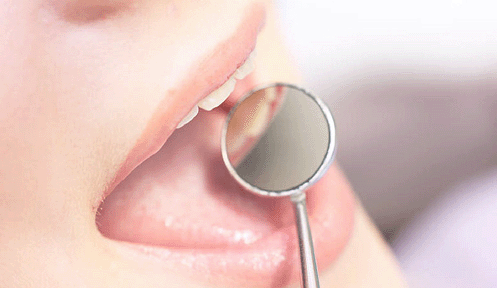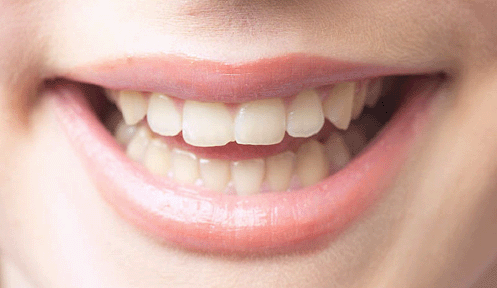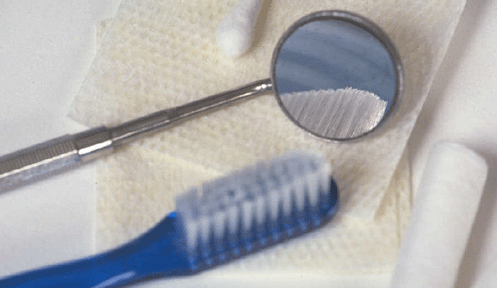Step by Step
Just as building a home requires a blueprint, restoring your mouth requires a plan. In order to achieve good results, you should have an idea as to what you want. A plan should be formed with costs, time considerations and longevity in mind. A treatment plan should try to make you better off than when you started.
Cleaning
We may recommend cleaning the teeth. Gums are sometimes swollen and infamed. Many times the areas cannot even be touched without bleeding occurring. Cleaning helps the tissue become healthier and less swollen. Before beginning the process of restoring your teeth, the tissues should be healthy and the teeth should be clean.
Routine Fillings
Newer materials and methods have allowed us to restore small "cavities" with tooth colored materials in ways that eliminate the dark look of metal fillings. Removing tooth decay may be accomplished using burrs or air abrasion (like sand blasting). In cases where cavities are large, tooth colored filling pastes may not have the longevity of other materials. When cost is a factor, standard silver amalgam can achieve predicable long term results. Other methods include fabricating cementable restorations using laboratory or office milling machines.
Missing Teeth
Many patients have missing teeth. Spaces in the front of the mouth are usually an urgent problem. There are many ways to solve the problem of missing teeth. In the past there were removable (false teeth) prostheses and fixed bridge type restorations. Today, we have implant restorations, which have the advantage of not requiring cutting or covering of the teeth next to the space. You can now have a tooth put into a space using an implanted metal device attached (screwed) into the jawbone.
Latest Cosmetic Restorations
The newest technology uses Zirconia (Zirconium Dioxide) to fabricate restorations that cover the teeth. Although it is a metal crystal, you can see light through it. The material is very strong, reflects light and looks like natural tooth material. Additionally, it never corrodes and has no dark line like around the gum as did older crown restorations.
This new material is shaped using computer scans of the underlying tooth. A computer guided diamond milling maching shapes a solid piece of zirconia into a beatiful tooth-like resoration. Using scanned information, the milled crown is shaped to fit your underlying tooth in a very precise manner. The result is a cosmetic resoration that is usually better than what could be done in the past.
Veneers
Many types of veneering processes are available, which essentially cover the outer surfaces of the front teeth. Veneers may be applied as pastes which are hardened and shaped by hand. They may also be placed as preformed "covers." For more customized results, they may be fabricated as facings using impressions and laboratory services.
Whitening
We offer low-cost whitening techniques. Usually, significant whitening occurs within a week or two using our take-home tray system. A thin, clear plastic tray is made to wear at your convenience which gradually whitens to a desired shade.
Rebuilding Broken Teeth
In some cases, teeth may be broken so severely that there is not enough structure left to retain a restoration. In cases where a patient desires to keep and build on his own tooth structure, a reinforcing post may be an option. This methodology sometimes requires root canal treatment before restoration. Posts are cemented into the hollowed out center of the tooth and contured to replace the foundation that holds a cosmetic crown. Using this method, extraction is avoided. This may be an alternative to a costly implant procedure.



